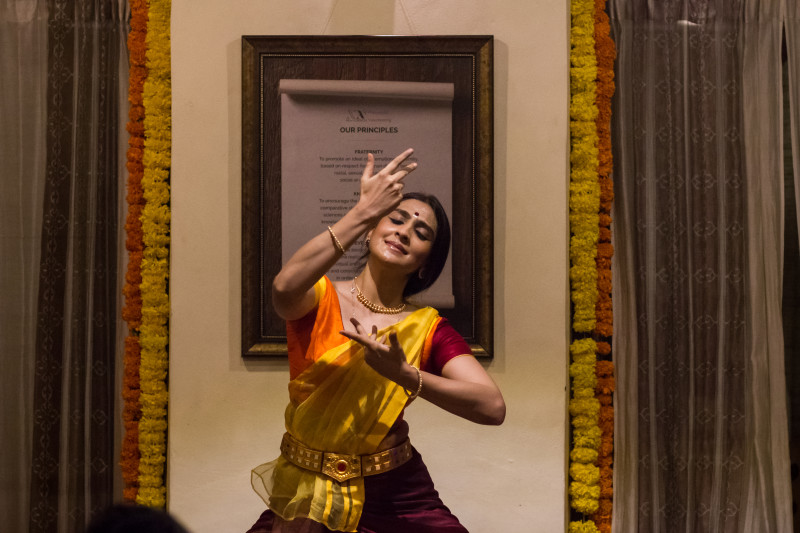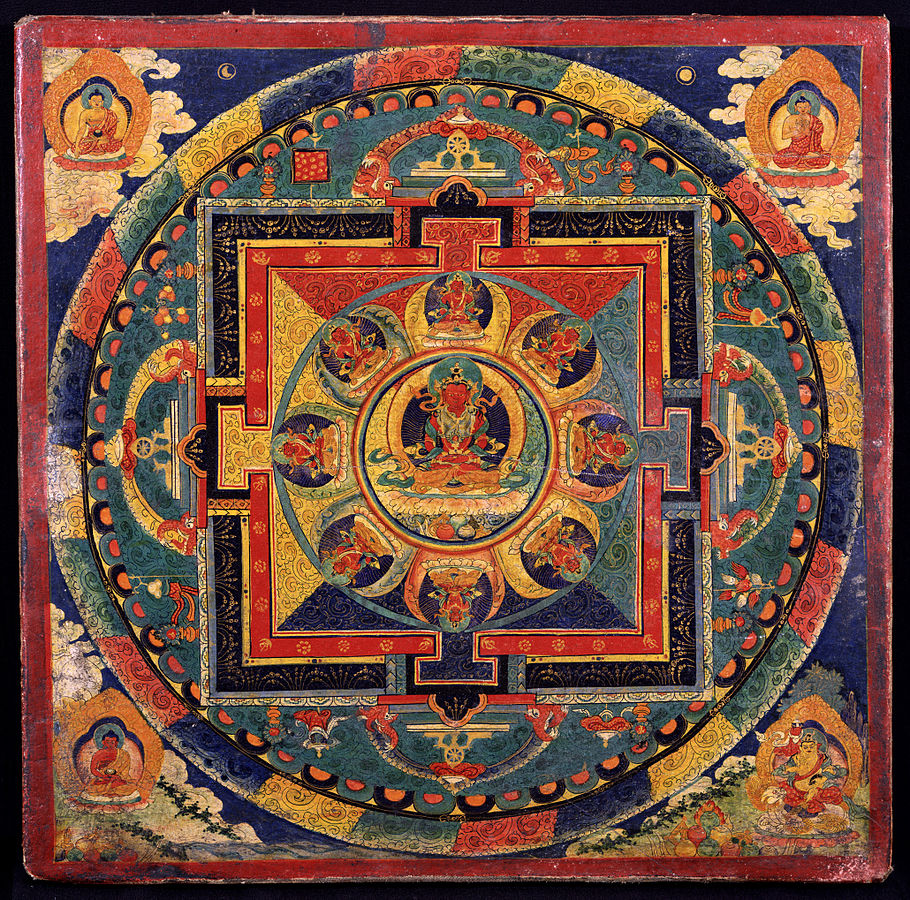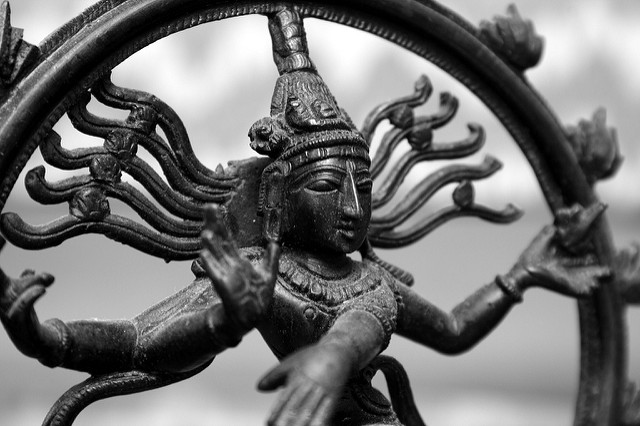The Philosophical Beauty of Chinese Calligraphy
Article By Jim Pang
 The word “calligraphy” is derived from a Greek word meaning beautiful writing. And in the East Chinese calligraphy (書法 – Shufa) is valued as “high art”. Throughout the history of China, leaders, scholars and people from all walks of life have practised calligraphy.
The word “calligraphy” is derived from a Greek word meaning beautiful writing. And in the East Chinese calligraphy (書法 – Shufa) is valued as “high art”. Throughout the history of China, leaders, scholars and people from all walks of life have practised calligraphy.
Calligraphy and Tao
The essence of calligraphy is to express the innermost beauty of one’s soul and spirit. Tao is the law of nature and also a concept containing deep, perennial laws and principles. In art, calligraphy is Tao incarnate, an embodiment of the divine law. Therefore, calligraphy creates a close relationship with nature.
Writing a Painting
Ever since the birth of calligraphy the brush has been the instrument that unifies calligraphy and painting. The practitioner of both arts handles his brushes and manipulates the ink in the same way. There are two words used to describe what a painter does: Hua hua means “to paint a picture” and xie hua means “to write a picture.” Many artists prefer the latter. So it is quite common for a Chinese painter to say that he is “writing a painting”.
Beauty
In Chinese calligraphy there are two types of beauty. First, the beauty in the heart – aesthetics – the immediate connection with the physical form of the characters. The second is to look at the hidden beauty, the poetry and harmonious content unveiled behind the calligrapher’s thoughts and emotions.
The Power of Calligraphy – Uniqueness
Every calligraphic creation is a manifestation of the mind of the person who created it. Henry Ward Beecher once said that “Every artist dips his brush in his own soul, and paints his own nature into his pictures”. The same character written by two people will speak differently and have its own uniqueness. As Li Fu-Kwang said, “Every twig of a living tree is alive, and so every tiny stroke of a piece of fine calligraphy, inspired by some natural object, has the energy of a living thing”.
Image Credits: By Nécropotame~commonswiki | Wikimedia Commons | CC BY PD
The entity posting this article assumes the responsibility that images used in this article have the requisite permissionsImage References
By Nécropotame~commonswiki | Wikimedia Commons | CC BY PD
Permissions required for the publishing of this article have been obtained




What do you think?